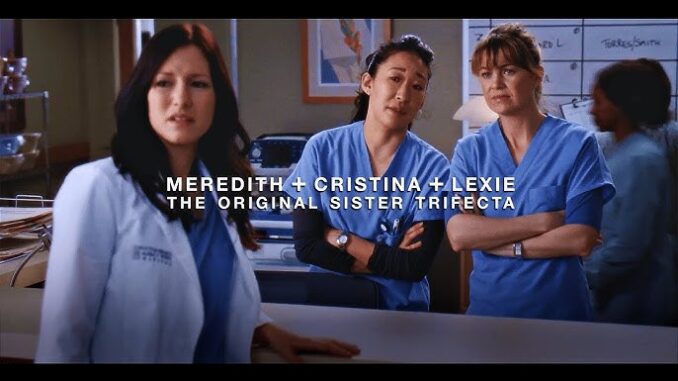
The Crucible of the Code: The Scene That Forged Grey's Anatomy Interns
Grey's Anatomy, a medical drama synonymous with breathless romance, devastating losses, and cutthroat competition, has built its enduring appeal on the raw and often brutal initiation rites of its surgical interns. While countless scenes have tested their mettle, one stands out as a particularly potent crucible: the unexpected and overwhelming surge of patients in the aftermath of the ferry boat accident in Season 3. This wasn't just a medical emergency; it was a symphony of chaos orchestrated to expose the deepest fears and untapped potential lurking within each aspiring surgeon.
The scene pulsates with a frantic energy that mirrors the interns' own internal turmoil. The hospital, usually a bastion of controlled efficiency, transforms into a battleground. Beds overflow, corridors are jammed with gurneys, and the air crackles with the urgency of triage. This environment, more akin to a warzone than an operating theatre, forces the interns to confront the stark reality of their profession: lives hang precariously in the balance, and their actions – or inactions – can mean the difference between survival and death.
Meredith Grey, still haunted by her troubled past and plagued by self-doubt, finds herself thrust into a leadership position, grappling with the sheer volume of casualties. She stumbles, questions herself, and experiences the paralyzing fear of making the wrong decision. Her characteristic sarcasm melts away, revealing a raw vulnerability as she struggles to maintain composure amidst the relentless influx of patients. This scene forces her to confront the inherent responsibility of being a surgeon and lays the foundation for her future resilience.
Similarly, Cristina Yang, the self-proclaimed "robot" known for her intellectual prowess and detached demeanor, is stripped bare of her carefully constructed armor. The overwhelming scale of the tragedy forces her to confront the human element of medicine, the emotional toll that detached observation can no longer shield her from. Her attempts to compartmentalize, to remain purely analytical, crumble under the weight of suffering around her. This experience, though agonizing, begins to soften her edges, forcing her to acknowledge the importance of empathy in a profession built on compassion.
Even the seemingly composed and ambitious Izzie Stevens is shaken to her core. Known for her big heart and unwavering belief in second chances, she finds herself overwhelmed by the sheer number of lives slipping away. The scene challenges her naive idealism, forcing her to confront the harsh reality that even with the best intentions, not everyone can be saved. This realization chips away at her optimism, paving the way for a more nuanced understanding of the limitations of her profession.
George O'Malley, often the butt of jokes and struggling with confidence, faces his greatest challenge in this chaos. Initially hesitant and lacking in assertiveness, he is forced to step up and take charge, displaying a surprising level of competence and bravery. While his inexperience is evident, his unwavering determination to help, his genuine concern for the patients, ultimately redeem him. This scene marks a turning point for George, demonstrating that his value lies not just in his skill, but in his unwavering compassion and unwavering dedication.
The ferry boat accident scene is not just a test of medical knowledge and surgical dexterity; it is a profound exploration of character. It forces the interns to confront their own weaknesses, their fears, and their preconceived notions about medicine. It throws them into the deep end, demanding that they swim or drown. And while some falter, all emerge transformed, forever scarred by the experience, but ultimately forged into stronger, more resilient, and more human surgeons.
In conclusion, the scene of the ferry boat accident in Grey's Anatomy transcends the realm of television drama. It is a powerful allegory for the arduous journey of self-discovery and professional development. It exposes the raw emotions, the moral dilemmas, and the overwhelming responsibility that define the life of a surgeon. This scene, more than any other, encapsulates the crucible of the code, the fire that tempers the steel of ambition and forges the bonds of camaraderie that ultimately define the Grey's Anatomy experience. It is a testament to the enduring power of facing adversity and emerging, not unscathed, but undeniably stronger.
